The one crucial question to ask when visiting a national park: ‘What about the women?’
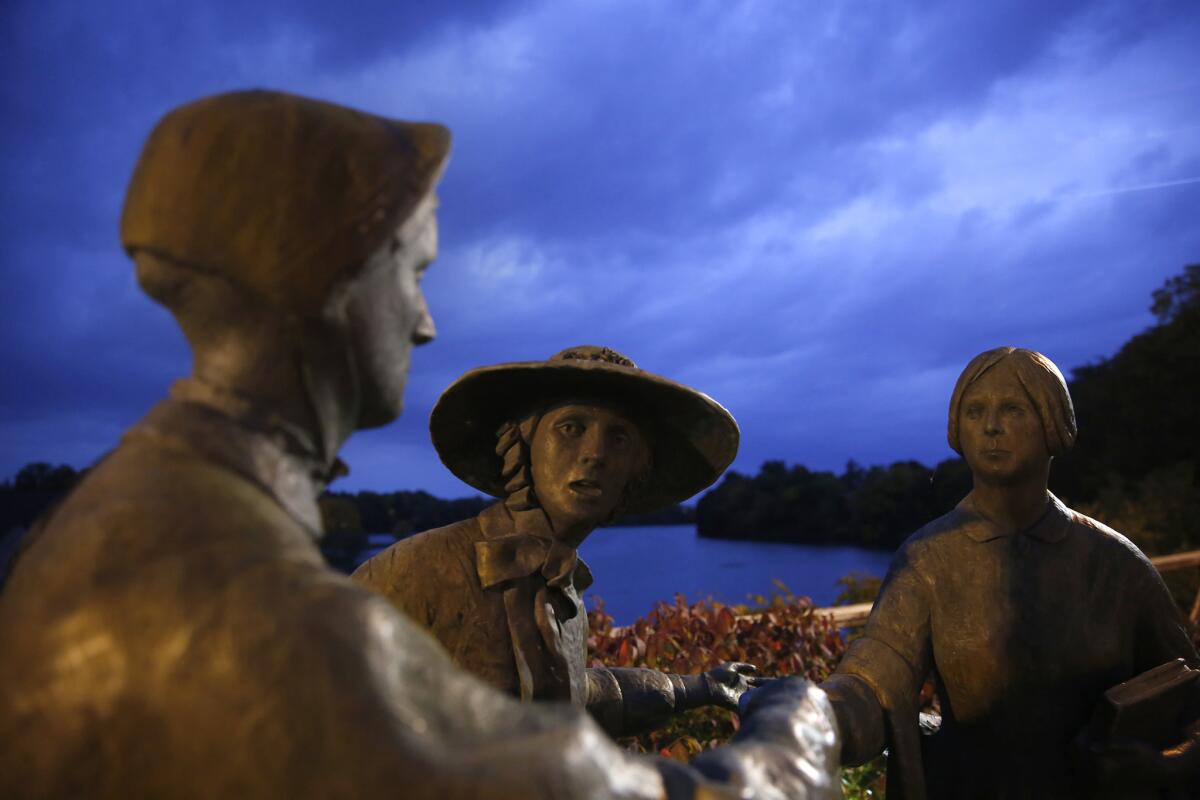
Men’s history is easy to get at. Frankly, you can’t avoid it, whether it’s a statue of a Civil War soldier in a village square or the faces on South Dakota’s Mt. Rushmore.
Women’s history isn’t as showy; you must work to find it. But it’s everywhere, and it always has been. Maybe that’s why it has been taken for granted, even though — or maybe because — society can’t function without it.
For the record:
8:53 a.m. Nov. 25, 2024This article states that women could not vote in national elections until the 19th Amendment was ratified in 1920, but women could vote if their state had already granted them suffrage.
It’s hard to picture the United States without tireless idealists such as Clara Barton, who founded the American Red Cross. Or Margaret Sanger, who fought for a woman’s right to birth control. Or Mary McLeod Bethune, an African American educator and civil rights activist.
Many were unsung heroines in their day, and others, such as Sanger, shocked the norms of their times. But they made progress that stuck, and they did it mainly at the grassroots.
If life were fair, all their efforts would have succeeded by now, and all Americans would be equal. But women are still paid less than men, even though the Equal Pay Act became law in 1963. The Equal Rights Amendment, proposed in 1923 and eventually approved by both houses of Congress, died in 1982 for lack of enough ratifying states.
Today, though, more and more American women are recognized for their achievements, and the National Park Service is changing how it portrays women in the hundreds of historical properties it protects.
The task is vital, said Ami Ghazala, superintendent of the Women’s Rights National Historical Park in Seneca Falls, N.Y., because “women’s rights are connected to civil rights are connected to human rights.’’
Coast to coast, Ghazala said, women’s stories are getting more attention in the parks, thanks to a 2012 directive from then-Secretary of the Interior Ken Salazar. (The National Park Service is under the Department of the Interior.)
“The job of the national parks is to tell all of America’s story,’’ Ghazala said, and women “are 50% of the story.”
Full series: Celebrating our national parks »
Right from the country’s start, “there is no story in American history that doesn’t include women,” said Kimberly Szewczyk, chief of interpretation and education at Seneca Falls. “The first person to die at Valley Forge [Pa.] was a woman.”
This means, she said, that there’s one crucial question to ask — “What about the women?” — whenever you go to a national park or historic site, East Coast or West Coast or anywhere in between.
National parks and historic sites are answering that question more fully, but to a visitor, the results are clearest where women were involved in hard, physical work — turning America into an industrial powerhouse, helping the U.S. win World War II and making agrarian America a cornerstone of our developing nation.
Women were key in all of these.
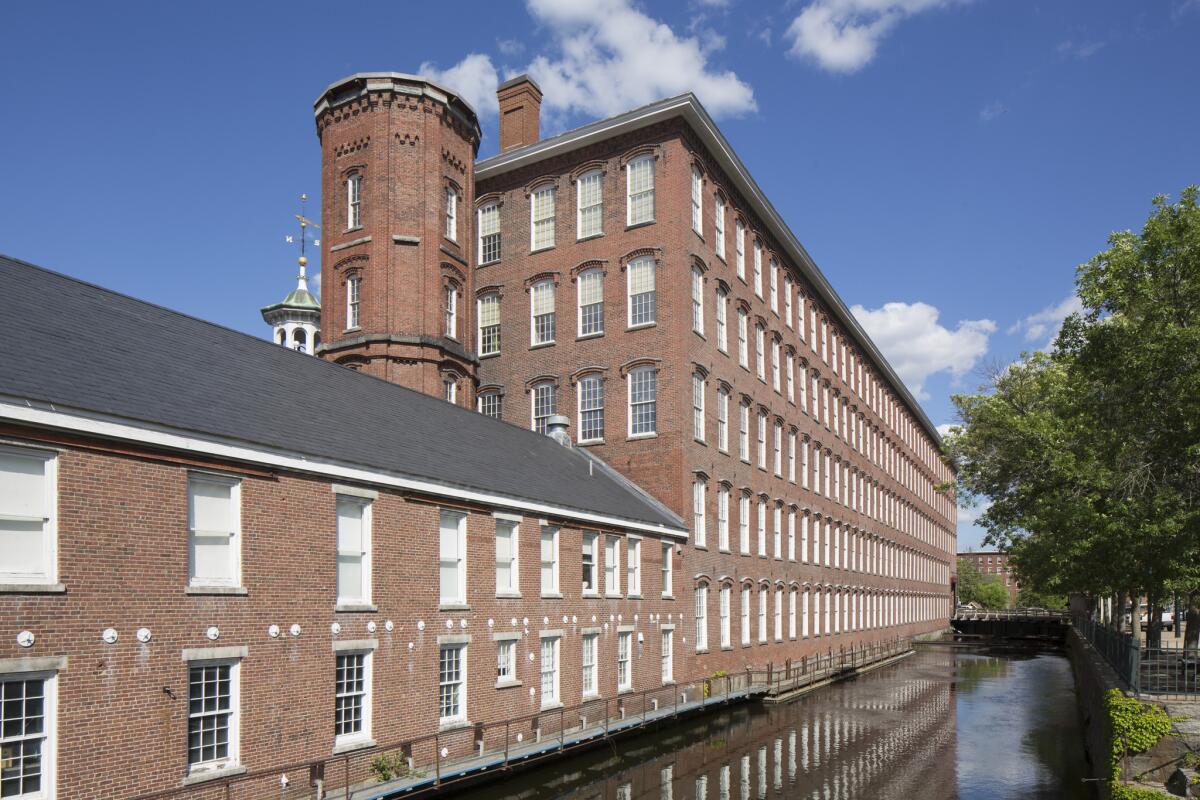
Society seems to have changed most quickly in such places as Lowell, Mass., where in the 19th century, young rural women were recruited for work in cotton mills.
Lowell National Historical Park was the birthplace of the American Industrial Revolution, thanks to the potent combination of abundant water power and an early bit of industrial espionage — mill founders stole technologies they saw in England.
As the National Park Service puts it, “Lowell was the Silicon Valley of the early 19th century.”
But the most interesting part of this urban national park isn’t Lowell’s economic success (or its later decline) but the story of the Lowell “mill girls.”
They were young, recruited from all over New England for jobs in the burgeoning textile mills along the Pawtucket Canal. Tempted by decent wages, lodged in boarding homes, the girls moved out of a farm economy and into a developing industrial society.
There is no story in American history that doesn’t include women.
— Kimberly Szewczyk
Their choices altered the communities they left and the aspirations of girls who would follow them. By 1850 they had helped make Lowell the second-largest city in Massachusetts as more workers flooded in from other parts of America and from Europe.
Lowell’s mills operated well into the 20th century, but modern industries gradually located elsewhere, the factories closed and Lowell went into decline, leaving huge brick factories and warehouses virtually empty.
In 1978 the National Park Service stepped in, taking on the enormous task of interpreting an industry and the lives of people who worked there.
The result is the kind of history you can feel in your bones: Stand on a mill floor when the machinery is running, and the powerful roar makes your lungs shudder and turns your thoughts to those early mill girls and the thousands of workers who followed.
Rosie the Riveter
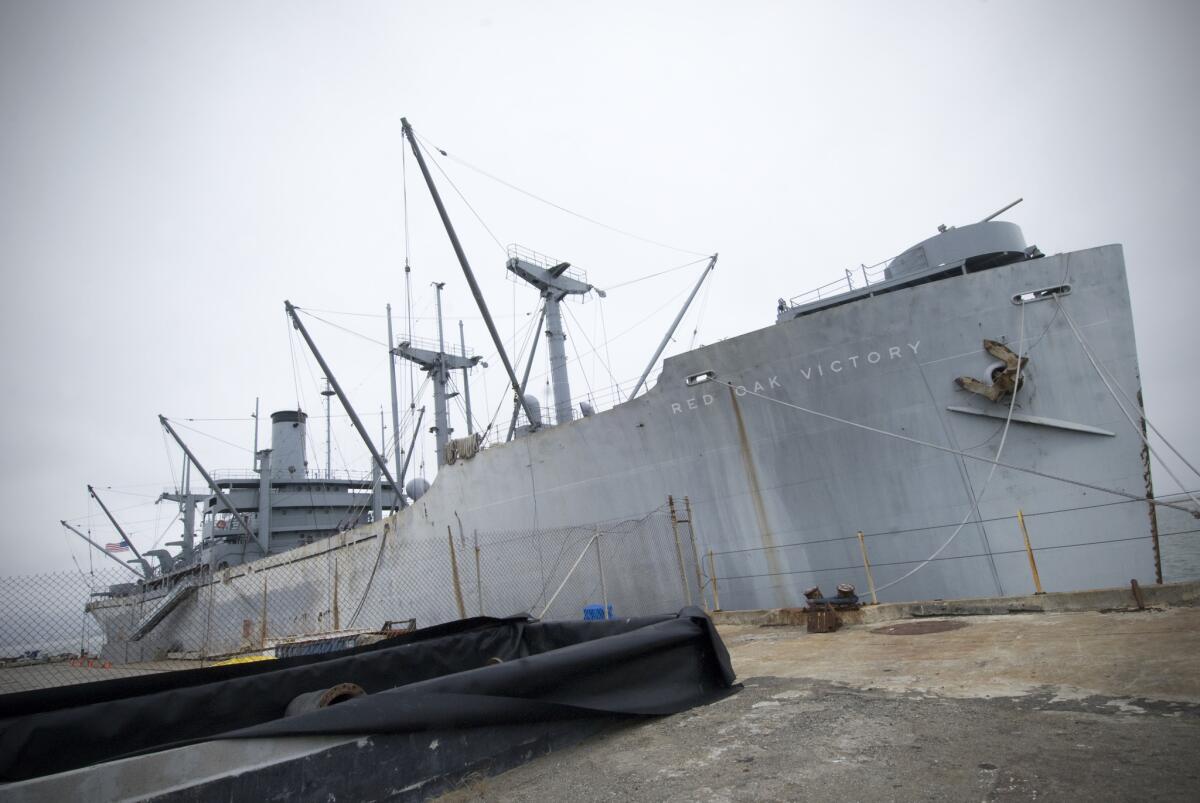
In Richmond, Calif., thousands of women stepped into men’s jobs in the defense industry during World War II.
The Rosie the Riveter WWII Home Front National Historical Park was founded in 2000 but is still being developed.
It’s big, with sites scattered around an entire city, and it has an even bigger goal: telling the story of the 18 million American women who, as the park’s website puts it, “stepped into men’s jobs during World War II, especially in the defense industry, where they built ships, tanks and aircraft.”
And built them by the thousands.
Richmond is an ideal location to tell this American story: The city had 56 war industries, according to the park’s website, and the influx of workers quadrupled the population, increasing Richmond’s size from less than 24,000 people in 1940 to almost 100,000 by 1943.
When you visit Rosie’s park, start with displays and films at the Visitor Education Center in the Historic Ford Building Complex. You can also take a ranger-led tour or pick up a park map and drive yourself to its various parts, including the Red Oak Victory Ship, the last of the 747 ships produced in the Kaiser shipyards during the war.
Homestead dreams
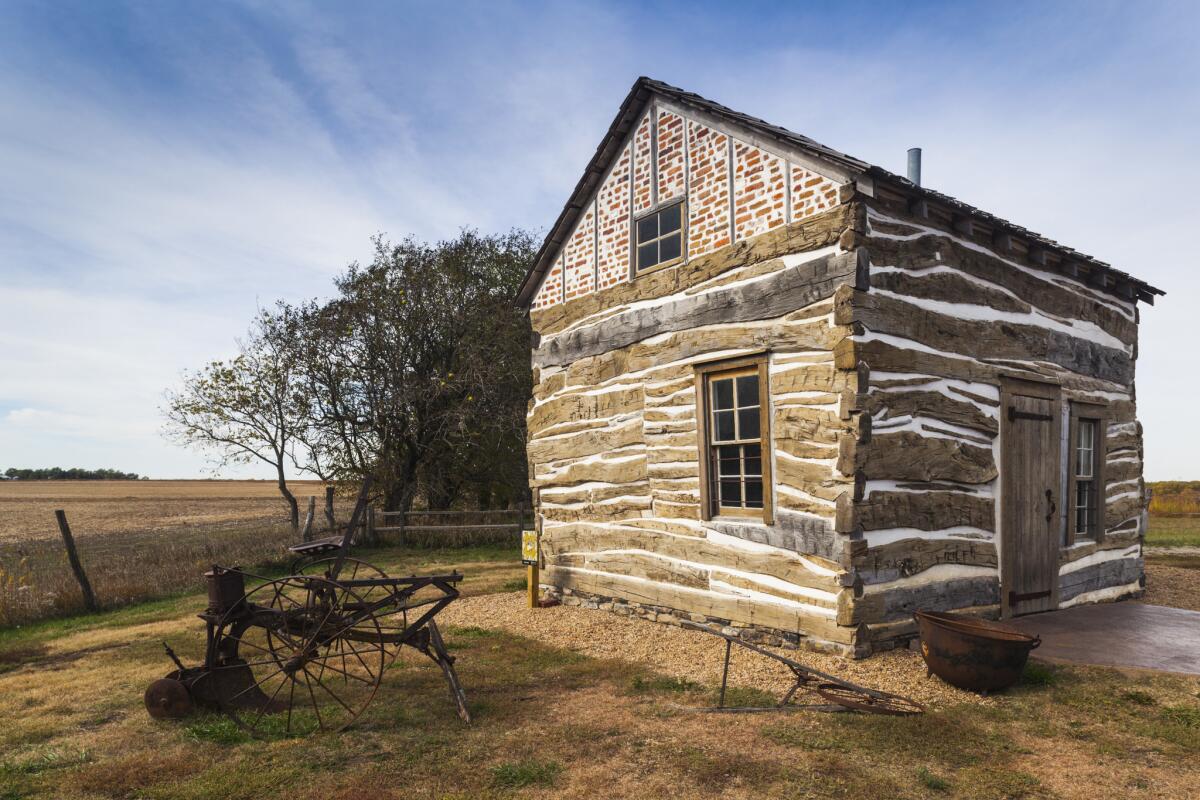
And in the nation’s center is the Homestead National Monument of America in Beatrice, Neb.
Here, in the tall-grass prairie, the National Park Service tells one of the most American of all stories, and it includes ordinary women. It’s not Yosemite or Grand Canyon or Yellowstone. But if you want a symbol of the American Dream, you can’t do much better than this remnant of the famous “sea of grass.’’
President Abraham Lincoln signed the Homestead Act during the Civil War, promising 160 acres — a quarter-square mile — of government land for free to virtually any head of household willing to settle on it and “prove it up.’’ In California alone, 10% of the land was homesteaded.
Loyalty to the United States was a requirement, but gender and race refreshingly weren’t. That meant women were included, not only as wives and mothers but also as homesteaders in their own right.
Here ... the National Park Service tells one of the most American of all stories, and it includes ordinary women.
Even a single woman could qualify, and many did. So did immigrants. So did freed slaves. So did Native Americans — the people to whom the “free” land originally belonged.
Women had good reasons for going west, Szewczyk said this summer in Seneca Falls. Out there, they had more freedom — “You can pan for gold! You can own land!’’ — and very soon they could vote in some states and territories:
Wyoming Territory gave women that right in 1869; Utah and Colorado soon followed. Women couldn’t vote in national elections until the 19th amendment was ratified in 1920.
Today, the park service estimates that 93 million living Americans have relatives who were homesteaders, and it wants to hear their family stories. Many include famous names:
Novelists Willa Cather and Laura Ingalls Wilder, for example, both grew up on homesteads in Nebraska and South Dakota, respectively. Politician Jeannette Rankin was the daughter of homesteaders in Montana.
Susan B. Anthony and Elizabeth Cady Stanton would have been particularly pleased to see Rankin’s name on the list: She was the first woman elected to the U.S. Congress, taking her seat in 1917.
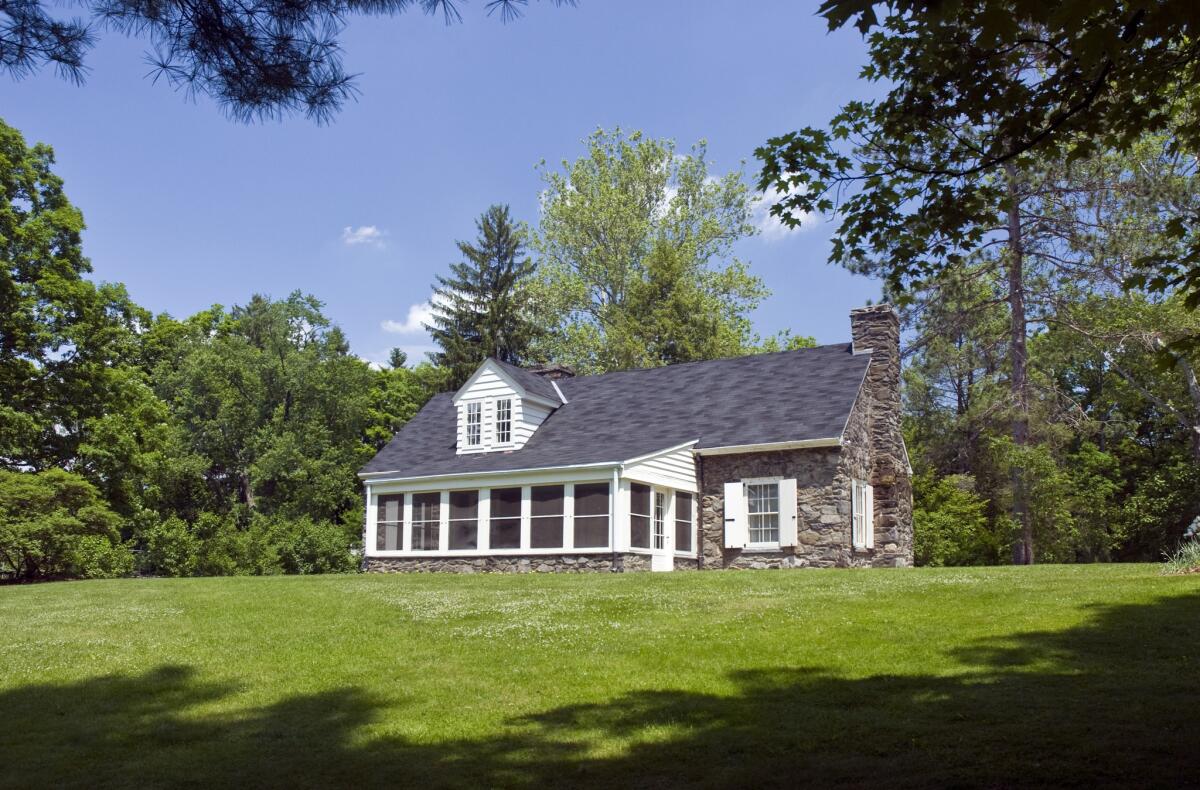
More parks that highlight women’s contributions to American history
Women have participated in every aspect of American history. Here are more National Park Service sites that highlight their contributions:
Belmont-Paul Women’s Equality National Monument, Washington, D.C.: The monument, a house built in 1800, was the headquarters of the National Women’s Party, founded by suffragist and feminist Alice Paul. In 1923 the NWP introduced the Equal Rights Amendment and launched a campaign to win full equality for women.
Clara Barton National Historic Site, Glen Echo, Md.: Showcases the life and humanitarian contributions of Clara Barton, founder of the American Red Cross. Closed for rehabilitation.
Mary McLeod Bethune Council House National Historic Site, Washington, D.C.: Bethune was an educator and activist whose home also was the headquarters of the National Council of Negro Women.
Eleanor Roosevelt National Historic Site, Hyde Park, N.Y.: Val-Kill, Eleanor Franklin’s home after the death of Franklin Delano Roosevelt, is the only National Park site dedicated to a first lady.
Maggie L. Walker National Historic Site, Richmond, Va.: Walker, a businesswoman and civic leader, dedicated herself to civil rights, economic empowerment and educational opportunities for Jim Crow-era African Americans.
MORE NATIONAL PARKS
Relive women’s history in Seneca Falls’ national park and come away with new heroes
Confronting our history and ‘unspeakable acts’ at the site of the Sand Creek massacre
Feeling America’s promise and perseverance on a trip to Ellis Island and the Statue of Liberty
Sign up for The Wild
We’ll help you find the best places to hike, bike and run, as well as the perfect silent spots for meditation and yoga.
You may occasionally receive promotional content from the Los Angeles Times.



